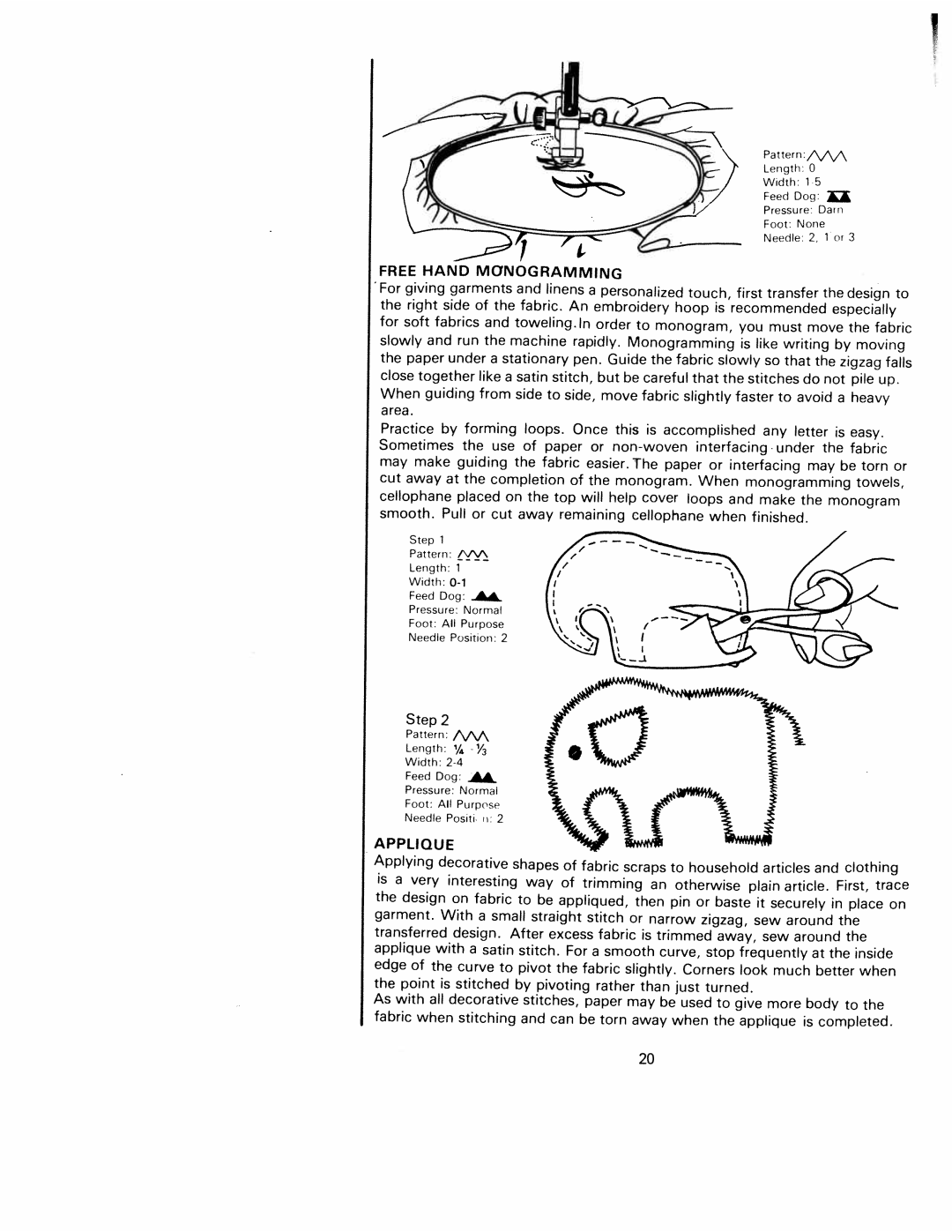1240 specifications
White 1240 is a model known for its innovative features and state-of-the-art technology that cater to a diverse range of applications. This apparatus stands out due to its robust performance and exceptional reliability, making it a preferred choice for professionals in various industries.One of the main features of the White 1240 is its advanced processing capabilities. It is equipped with a powerful multi-core processor that ensures quick data handling and efficient multitasking. This allows users to execute complex tasks with ease while maintaining optimal speed and efficiency. The user-friendly interface further enhances productivity, providing a seamless experience whether in the field or at a workstation.
The White 1240 integrates several cutting-edge technologies designed to improve functionality and user experience. Notably, it features a high-resolution display, which offers vibrant visuals and excellent clarity. This is crucial for tasks that require precision and attention to detail, enabling users to work effectively even in challenging conditions.
A key characteristic of the White 1240 is its durability. Constructed with high-quality materials, this model is designed to withstand harsh environments, making it suitable for outdoor use or industrial settings. The rugged build ensures that it can handle physical stress and resist damage from dust, water, and other environmental factors.
Connectivity options in the White 1240 are another significant advantage. It offers multiple ports and wireless capabilities, allowing for easy integration with various devices and networks. This flexibility is essential for users who require seamless data transfer and communication across multiple platforms.
Additionally, White 1240 emphasizes energy efficiency. It is designed to minimize power consumption without compromising performance. This feature not only reduces operational costs but also aligns with global sustainability efforts.
Overall, the White 1240 differentiates itself through its combination of advanced processing capabilities, robust design, and user-centric features. It is an ideal choice for professionals seeking reliability and efficiency in their work processes. Whether in construction, manufacturing, or other industries, the White 1240 consistently delivers superior performance that meets the demands of modern applications.
Investing in the White 1240 means leveraging a product that embraces innovation while prioritizing user needs, making it a standout option among its competitors.

